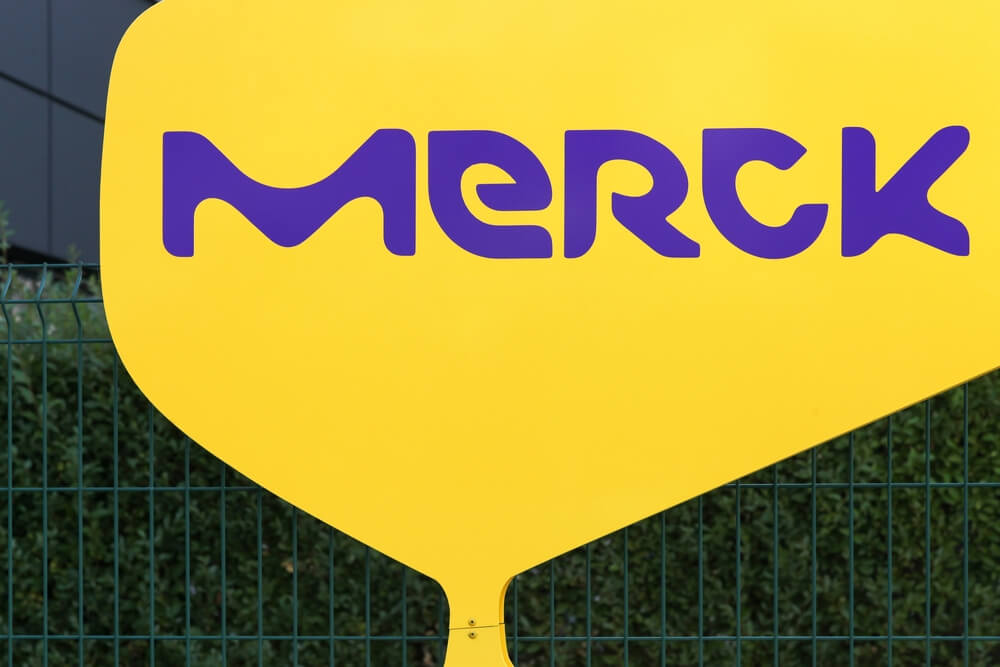The Merck story began over 350 years ago. In 1668, a young apothecary, Friedrich Jacob Merck, bought a small pharmacy in Darmstadt, Germany. Today, more than 350 years later, 13 generations of his descendants have developed Merck into a world-leading science and technology company, operating across the healthcare, life science, and electronics sectors. With 58,000 employees across 66 countries and over USD 20 billion in annual revenues (2020), the company and the family alike continue to prove their shared ability to adapt and advance. Merck is now the world’s oldest pharmaceutical company. And it’s also one of the oldest family-controlled businesses in existence.
- You can read our original profile of the Merck family here.
- We followed this with a specific, more detailed overview of Merck’s family governance structure.
Our latest update focuses on the role of non-family members at Merck.
The Merck family unmistakably remains at the heart of the company. Its members own roughly 70% of the business. Over the past 13 generations, Merck family members have continued to build and sustain the company and their family’s legacy. Their vision and innovation have made the company a global leader.
And they have not done it alone.
Non-family members have been indispensable to Merck’s success — and those inside the family are the first to tell you so. Family members consistently reference the importance of non-family involvement in the advancement of their business. A strongly ingrained “company before family” policy has allowed Merck to:
1. be less dependent on the talent pool within the family over time;
2. enhance transparency within the company, with shareholders, and with their global markets; and
3. attract and retain top talent in key leadership roles.
“We believe in a strict separation of the spheres of influence and governance. The business is controlled by the family but run by the most competent managers we can find, family or not.”
~ Jon Baumhauer, former Chairman of the Family Board & 11th-generation Merck family member
Below, we outline a number of observations about the involvement of non-family members at Merck.
1. A distinct separation of Ownership and Management
This is a core principle in the Merck Family Constitution (see our Family Governance installment). Many family businesses start without a lot of formality, and Merck was no exception. They “kept it all in the family,” trying their best to maintain simple transitions from one generation to the next. Ownership and management roles stayed together in the bloodline, and passed on over the years. But as the family grew, it became increasingly complicated to match the lines of inheritance with the talent needed to run the business. In 1920, the Mercks decided they were missing a massive opportunity. As Jon Baumhauer (former Chair of the Family Board and 11th generation family member) puts it: “The family realized that the potential of external candidates was much better than our resources within the family.” For the first time in over 250 years (its entire history), Merck established a Board of Directors and brought in non-family professionals to replace family members in management positions.
Despite this shift in thinking, successive groups of Merck family heirs continued to be appointed to Executive Board positions by those who came before them. This unofficial rule was finally relaxed in 1964 when Prof. Dr. Hans Joachim Langmann joined the Executive Board. Langmann was the first non-blood family member to hold such a position (he had married into the Merck family). The rules now changed. The Executive Board would follow appointment processes guided by strict qualification criteria. As Baumhauer states: “Family members are most welcome if they are talented enough to join the company, but we have no rules or guidelines that there has to be a family presence on the executive side.”
As the first non-bloodline leader of the company, Langmann made an impact. Sales grew from €160 million to €4 billion, and the employee count increased from 9,000 to 30,000. Langmann also invigorated Merck’s international presence, modernized its organizational structure, and achieved the delicate feat of getting the family on board with taking the company public in 1995. When he retired as Chair & CEO in 2000, Langmann was the only remaining Merck relation on the Executive Board. Before his retirement, he made one final, bold move: he appointed an outsider as his successor. Bernard Scheuble became the first non-family member to run Merck. The operating company was now officially managed entirely by non-family members.
Since then, there have been a few family members in executive roles – following a strict selection process established in 2004. However, it has been primarily non-family executives since Langmann’s departure, and today the Executive Board is once again exclusively non-family members. The company continues to grow and flourish in the capable hands of the most qualified executives.
This has freed up the Merck family members to focus their energies on ownership responsibilities. The fine balance of business and family needs is managed through Merck’s meticulously structured dual board system (more on this in our next update). By incorporating non-family members gradually and deliberately, Merck has been able to bring top talent into their organization, promote transparency, and retain the trust of family owners.
2. An unusual financial responsibility for non-family executives
A non-family executive recalls needing to re-read his contract three times before signing on to a position on Merck’s Executive Board. He was surprised to learn that his new role at the company meant he was taking on financial responsibility for Merck — personally. All members of the Merck Executive Board are liable with their own private assets — and will remain such for five years after leaving or retiring from the company.
This condition is a defining characteristic of the Merck governance arrangement: each member of the Executive Board must become a personally liable, non-equity-bearing partner. This requirement serves to align the interests of non-family executives with those of the family owners — to share in their pains, concerns, risks, and rewards.
3. Non-family representation on the family’s Board of Partners
As you may recall from our installment on Family Governance at Merck, Merck’s unique dual board system contains two distinct governing bodies: Family Governance and Corporate Governance. The non-family Corporate Executive Board falls under Corporate Governance. One of the four governing bodies that fall under Family Governance is the Board of Partners, which functions much like a supervisory board at other companies. This board holds a wide array of powers and responsibilities and has the most direct influence over the operating business of all Family Governance bodies.
Despite belonging to the Family Governance side of the dual board system, the Merck family has chosen to mandate the Board of Partners to be a combination of family and non-family: five family members who are screened and selected from the Family Board alongside four industry-leading outsiders with expertise in finance, chemicals, pharmaceuticals, or family businesses. This combination of family and non-family members ensures a Board of Partners with superior management capabilities, industry expertise, and attention to the family’s interests.
4. Non-family executives as “adopted family members”
The Merck family hasn’t only focused on increasing the talent pool in the operating business. They seek talented people who they consider great fits for both their family and their organization. Trust and empowerment are paramount, and Merck focuses on bringing in individuals they can confidently provide with both. The Merck family values all non-family members as individuals. Outsiders who work for the company are viewed not as employees but as “adopted family members.” When you’re part of Merck, you’re part of the Merck family.
The feeling seems to be mutual. Non-family executives consistently remark on the strong bonds they feel with the Merck family. Employees see the family as trustworthy and competent, upholding a merit-based culture and always focused on the long-term. The culture of reciprocal trust and appreciation between family and non-family members creates an environment in which everyone can thrive.
5. Extensive use of outside advisors
In addition to the respect and admiration they hold for their non-family employees, the Merck family speaks highly of the outside advisors they integrate at every stage of their business. Merck has trusted advisors to help them navigate many elements of the company. For instance, external advisors run leadership and talent assessments as a part of the strict selection process for family members wishing to pursue a career in the company. Outside advisors are also heavily involved in the unique education system run for next-generation Merck family members. And while family conflicts are few and far between, the Merck family will immediately bring in external moderators to help solve and treat any issues when they arise.

Integrating non-family members into a 13-generation business has proven integral to Merck’s success. Its legacy of growth demonstrates that the “company before family” approach has benefitted both the company and the family. In true Merck fashion, they’ve crafted a well-structured system of governance to give all parties transparency, clarity, and freedom to continue building the Merck legacy together.
Our future updates on the Merck family will focus on:
1. How do the Family Governance Board and the Corporate Governance Board fit together? We look at the intricate puzzle of Merck’s unique dual board system.
2. Family members are most welcome to join the company – if they’re talented enough. How does an interested Merck family member pursue a career in the family business? What are the criteria they must meet?
Jessika McQueen is a freelance writer based in Toronto.
Download and view this as a PDF here.

